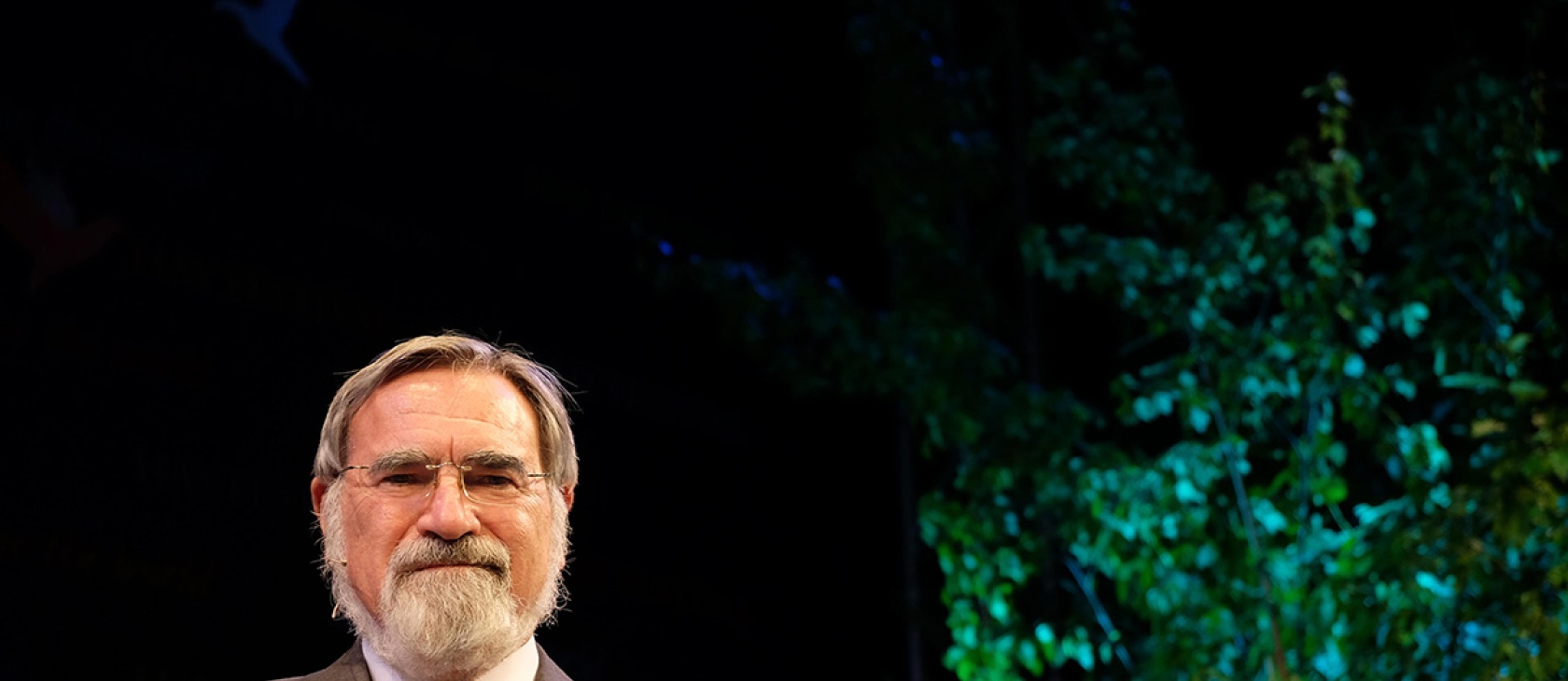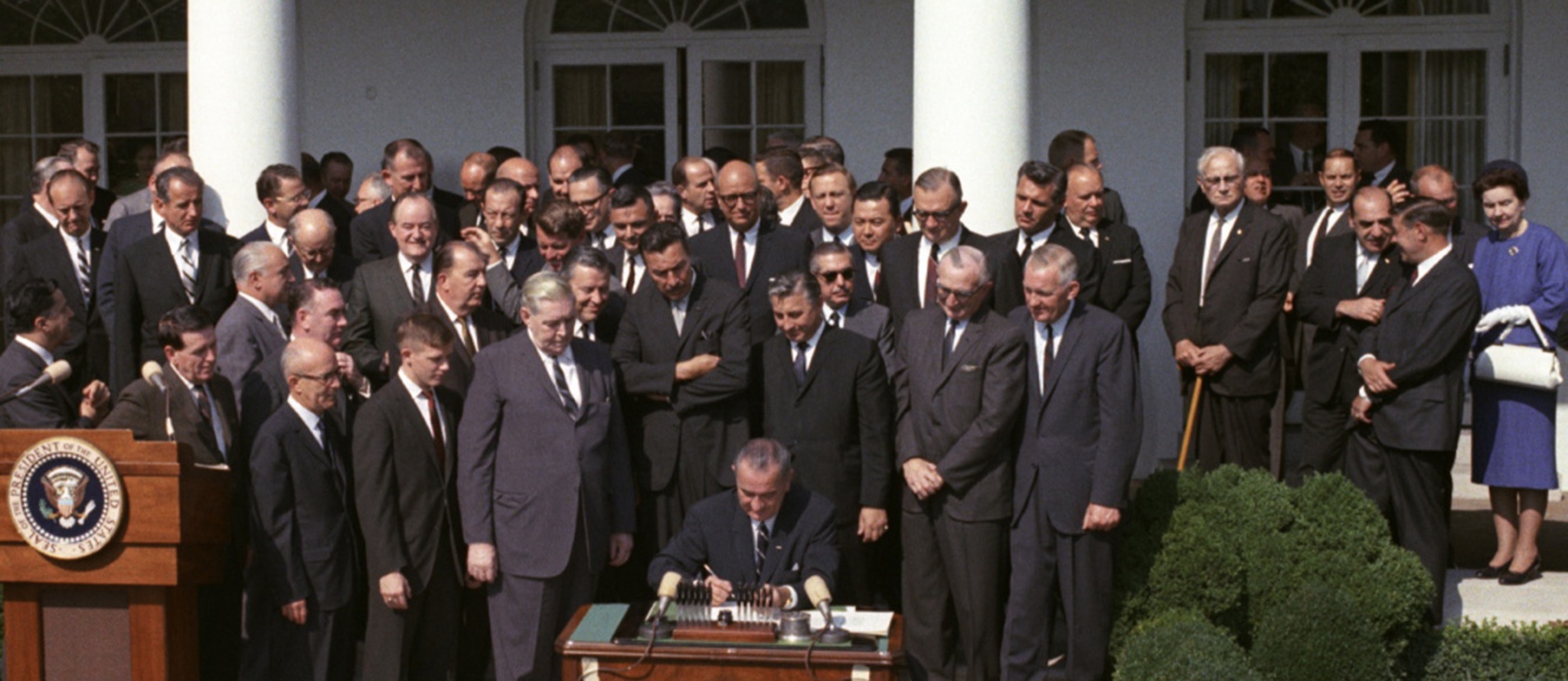


“Government” and “efficiency” should never appear in the same sentence, a truth that I frequently reiterate to my students. The reason is that the public sector is institutionally incapable of functioning cost-effectively. Unlike the private sector, the government does not face a profit-and-loss bottom line that incentivizes allocating the scarce resources under its control to their highest-valued uses. Politicians and bureaucrats, by and large, cannot capture any personal benefits, nor do they bear any personal costs for their budgetary profligacy and unsound policymaking because they spend other people’s (the taxpayers) money rather than their own.
President Donald Trump contradicted my classroom remarks in an executive order issued on Inauguration Day that created a newDepartment of Government Efficiency(DOGE). The advisory department, headed by multi-billionaire Elon Musk, is tasked with eliminatingperhaps as much as $2 trillionin “waste, fraud, and abuse” acrosshundreds of executive branch agencies. Given that the beneficiaries of federal largesse will bring political pressure to bear in opposingany spending cuts, the successful achievement of DOGE’s goal is uncertain.
With total federal spending exceeding$6 trillion annually, annual budget deficits reaching $2 trillion, and total debt approaching$37 trillion(or123 percent of GDP), DOGE operates in a target-rich environment. Opportunities for budgetary savings range fromeliminating pennies(minting one cent now costs US taxpayers3.07 cents) to privatizing the chronically money-losingUS Postal Service and defunding theConsumer Financial Protection Board. Strong cases have been made for reforming the Defense Department’s sweetheart cost-plus contracts forprocuring weapons systemsand repealing the so-calledJones Act. The list could go on.
One major source of inefficiency is the Federal Trade Commission (FTC), an agency that exercises authority overlapping those of the Department of Justice and other agencies, relies on constitutionally questionable methods, and often imposes ineffective or counterproductive limits on markets.
Competing Antitrust Efforts
The Federal Trade Commission’s FY 2024 budget of$425.7 million,which amounts to a rounding error in Washington, would not seem worth worrying about. (Full disclosure: I was employed by the FTC from the late 1970s to the mid-1980s.) Nevertheless, the Commission merits closer scrutiny because it shares responsibility with the Department of Justice’s Antitrust Division in enforcing competition laws. The US system of dual antitrust enforcement is unique globally: No other nation grants authority to two separate central government agencies essentially pursuing the same objective, ostensibly, of promoting competitive market conditions.
American exceptionalism in the realm of antitrust law enforcement is a historical conceit of the turn-of-the-twentieth-century Progressive Era. The Sherman Act—the planet’s first competition statute—was passed by Congress and signed into law by President Harrison in 1890. It declared restraints of trade to be illegal (Sec. 1) and attempts to monopolize commerce to be felonies (Sec. 2). The new law, which wasopposed by many economistsof the time—because of its doubtful constitutionality and anticipated ineffectiveness in restraining supposed monopoly power—quickly faced strong headwinds in the federal courts.
Dissatisfaction with the Justice Department’s enforcement efforts (before the DOJ even had an Antitrust Division) prompted Congress to consider two reforms: One was to pass a law—the Clayton Act of 1914—enumerating and prohibiting specific business acts and practices, such as price discrimination (Sec. 2), tie-in sales (Sec. 3) and mergers (Sec. 7), when and where their effect“may be substantially to lessen competition, or to tend to create a monopoly.” Since any list of potentially anticompetitive behaviors is bound to be incomplete, the other progressive proposal for strengthening antitrust enforcement was to create an expert Federal Trade Commission with broad authority, under Sec. 5 of the FTC Act of 1914, to investigate and prosecute “unfair methods of competition.” A political compromise between the House and Senate led to the passage of both bills. Dual enforcement thus became a matter of US law during Woodrow Wilson’s administration.
The Clayton Act empowered both the DOJ and the FTC to enforce its provisions. The prosecution of Sherman Act violations is exclusively handled by the Justice Department, which, unlike the FTC, is granted authority to impose criminal penalties (such as prison sentences) on company executives who are accused and found guilty in federal court of attempting to monopolize a specific “line of commerce.” The remedies for violating Section 5 of the FTC Act are restricted to civil penalties—monetary fines and orders to “cease and desist” methods of competition deemed “unfair.”
Questions concerning the DOJ’s and FTC’s jurisdictions remained unresolved for more than forty years after the Commission was established. The two agencies occasionally sued the same defendant(s) simultaneously for violating the Sherman and the FTC acts. Interagency competition ultimately reached a climax inFederal Trade Commission v. Cement Institute, 333 US 683 (1948). The Commission had charged the 74 members of the Cement Institute, an unincorporated association of local cement producers and distributors, with violating FTC Act Sec. 5 by adopting a delivered pricing method (multiple basing points) that led to all members charging the same price to customers who solicited bids from two or more suppliers. Furthermore, the FTC contended that the Institute members’ uniform price quotes also contravened Clayton Act Sec. 2.
After the Justice Department filed its own lawsuit against the Cement Institute for violating Sec. 1 of the Sherman Act, based largely on the same facts before the Commission, the Seventh Circuit Court of Appeals ordered the FTC to stand down. On the FTC’s appeal of the Seventh Circuit’s ruling, a majority of the US Supreme Court held that the appeals court had erred in dismissing the Commission’s proceedings against the Cement Institute. The upshot was that the two federal antitrust agencies were, in principle, free to charge the same defendants for violating two (or three) different statutes.
The Commission is not independent of the political process in any meaningful sense. It remainsvulnerableto the influence of special-interest groups.
Dual enforcement creates possibly unconstitutional double jeopardy when a company faces accusations of anticompetitive behavior and must respond to allegations of violating antitrust laws from both the DOJ and the FTC.Cement Instituteprompted the two agencies to negotiate a so-called liaison agreement that delineated enforcement authority to avoid duplication of prosecutorial efforts. Under that agreement, particularly regarding mergers that meet certain reporting thresholds (the Hart-Scott-Rodino Act of 1976 mandates that the involved companies notify the FTC and the DOJ simultaneously of their plans to combine in advance), one agency grants “clearance” to the other to assess the merger’s competitive effects. (It is important to note that if private firms agreed to divide a market between themselves, such an agreement would be considered aprima facieantitrust law violation.) Nonetheless, the liaison negotiation process has effectively addressed the obvious waste of taxpayers’ resources associated with interagency rivalry.
The two federal antitrust agencies differ in several significant ways. If they proceed to trial, all cases initiated by the Justice Department are litigated in a federal district court. Defendants retain the ancient right to jury trials; both plaintiffs and defendants can appeal unfavorable decisions from lower courts to higher courts. However, if the FTC is the plaintiff, the case is initially heard by an administrative law judge (ALJ), no juries are empaneled, and the defendant can appeal an unfavorable decision to federal court only after the Commission has confirmed (by a simple majority vote of the five commissioners) the ALJ’s findings of fact and law. The FTC’s additional procedural step exposes defendants to legal costs that they would not face if sued by the DOJ. The only exception to that rule relates to the enforcement of Clayton Act Sec. 7: If a majority decides to challenge a proposed merger or acquisition, the Commission must immediately seek an injunction in federal court to stop it.
The five federal trade commissioners collectively decide (by majority rule) to take action (or not) at every successive stage of the antitrust law enforcement process, starting with opening investigations into alleged anticompetitive behavior, subpoenaing evidence, assigning cases to an administrative law judge, accepting or rejecting the ALJ’s ruling, and imposing civil remedies for methods of competition determined to be “unfair.” The commissioners are, in fact, prosecutor, judge, jury, and executioner. The FTC also has been criticized by eminent scholars like retired federal Judge Richard Posner for being exposed to the same incentives faced by run-of-the-mill bureaucrats, appointed by the president or not:
It is too much to expect men of ordinary character and competence to be able to judge impartially in cases that they are responsible for having instituted in the first place. An agency that dismissed many of the complaints that it issued would stand condemned of having squandered the taxpayers’ money on meritless causes.
Judge Posner’s concerns are validated by oneestimateshowing that the FTC “wins” 92 percent of the cases heard by its in-house ALJs. (The fact thatallof the mergers the Commission sought to block in2023were denied on appeal indicates that many of the Commission’s victories are meritless.) In contrast, the government prevails in just 55 percent of the cases adjudicated in the federal courts.
Consumer Protection
In addition to the antitrust law enforcement responsibilities granted by the original language of its authorizing statute, the FTC is assigned a “consumer protection” mission by the Wheeler-Lea Act amendment to Sec. 5, passed by Congress in 1938. That amendment adds ferreting out and sanctioning “unfair or deceptive acts or practices in commerce” to the Commission’s remit.
TheFTC’s websitelists more than 80 statutes that the Commission enforces, most of which fall outside the boundaries of traditional antitrust concerns. The relevant consumer protection laws range widely from the Wool Products Labeling Act (1939) to the Lanham Trademark Act (1946), the Fur Products Labeling Act (1951), the Muhammed Ali Boxing Reform Act (2000), and the Horseracing Integrity and Safety Act (2021). The lion’s share of the consumer protection statutes enforced by the FTC relate to the quantity and quality of the information sellers disclose to buyers, especially with respect to the terms under which credit is extended when purchases are financed over time (e.g., the Fair Credit Billing Act of 1974, amending 1968’s Truth in Lending Act) and product warranties (Magnuson-Moss Warranty/Federal Trade Commission Improvement Act of 1975).
In carrying out its consumer protection responsibilities, the FTC periodically engages in industry-wide rulemaking rather than in case-by-case adjudication of consumer harm from sellers’ potentially “unfair or deceptive acts or practices.” During the late 1970s, the Commission, then chaired by consumer activist Michael Pertschuk, proposed to ban the advertising of ready-to-eat breakfast cereals on Saturday morning television broadcasts, cartoon time for young children. That rulemaking initiative was ultimately withdrawn in the face of strong popular opposition—even theWashington Postcalled the FTC a“National Nanny”for its temerity in wanting to tell mothers what their kids should be allowed to eat for breakfast.
According to theFTC,72such rulemaking initiatives are currently being considered or are in force. However, one of the 72, thenon-compete rulecontemplated by chair Lina Kahn, has been tossed into the Commission’s dustbin. Numerous other rules are beingreevaluatedor have beenrescinded.
Scholarly research has cast doubt on the effectiveness of many of the FTC’s consumer protection rules. For instance, the Commission has been“uncompromising”in refusing to permit sellers to condition product warranties on buyers’ purchases of brand-name complementary inputs, such as replacement parts and maintenance services. Furthermore, enforcement of the Magnuson-Moss Act has not led to improved clarityin warranties. The Commission’sFuneral Rule, which mandated itemized pricing of funeral goods and services previously sold as single-priced packages, resulted in consumers spendingmoreto inter their loved ones than they had spent beforehand. The FTC’sad substantiation doctrine, which requires sellers to validate factual claims about product features and performance before making them, has led, among other things, to less informative advertising messages. Additionally, since reputational capital is a seller’s most valuable asset,markets punishfalse or misleading advertising claims more severely than any fine the Commission can impose, which, in practice, have beenregressive, disproportionately burdening small sellers. Worse still, blind faith in the FTC’s rules and regulatory effectiveness may undermine consumers’ diligence in gathering pre-purchase information.
An Independent Agency?
The FTC is one of the federal government’sindependent agencies, so-called because it supposedly is beyond the president’s control. However, the president nominates each of the five commissioners to overlapping seven-year terms. No more than three commissioners can, at any one time, be affiliated with the same political party, and nominees must be confirmed by the US Senate. Congress marks up and approves the FTC’s budget. As such, the Commission is not independent of the political process in any meaningful sense. It remainsvulnerableto the influence of special-interest groups having important stakes in its antitrust enforcement and consumer protection policymaking decisions.
Duplicating the Justice Department’s authority under the Sherman Act provides sufficient reason for repealing the “unfair methods of competition” provision of the FTC Act, Sec. 5. The spotty record of the FTC’s consumer protection mandate—shared with the Federal Reserve System, the Securities and Exchange Commission, and at leastfour other federal agencies—warrants rescinding the remainder of the statute. Coupling the Commission’s constitutionally questionable administrative trials with its institutional flaws makes abolishing the agency altogether an important option for those looking to cut back the administrative state. Doing so would save American taxpayers more than $400 million annually.
Private companies and consumers would save hundreds of millions more in complying with the FTC’s often counterproductive interventions in commercial markets. Bureaucrats are not animated by the same incentives nor bound by the same constraints as actors in the private sector. DOGE may be able to eliminate obvious governmental waste, fraud, and abuse, but cost savings are not the only hallmark of operational “efficiency.” Achieving that goal requires getting the public sector out of the business of doing things it should not be doing in the first place, including duplicating the activities of other bureaus.









